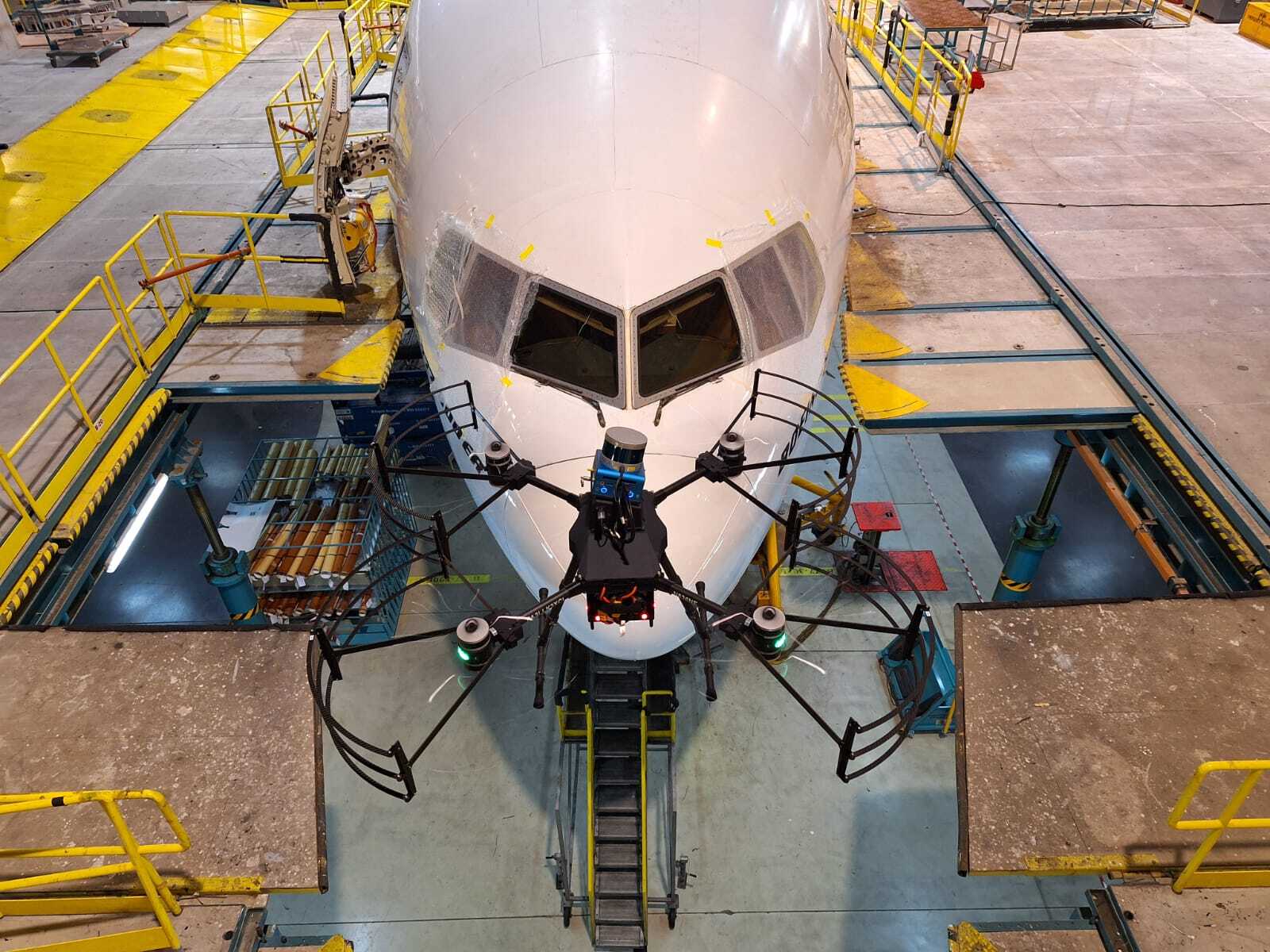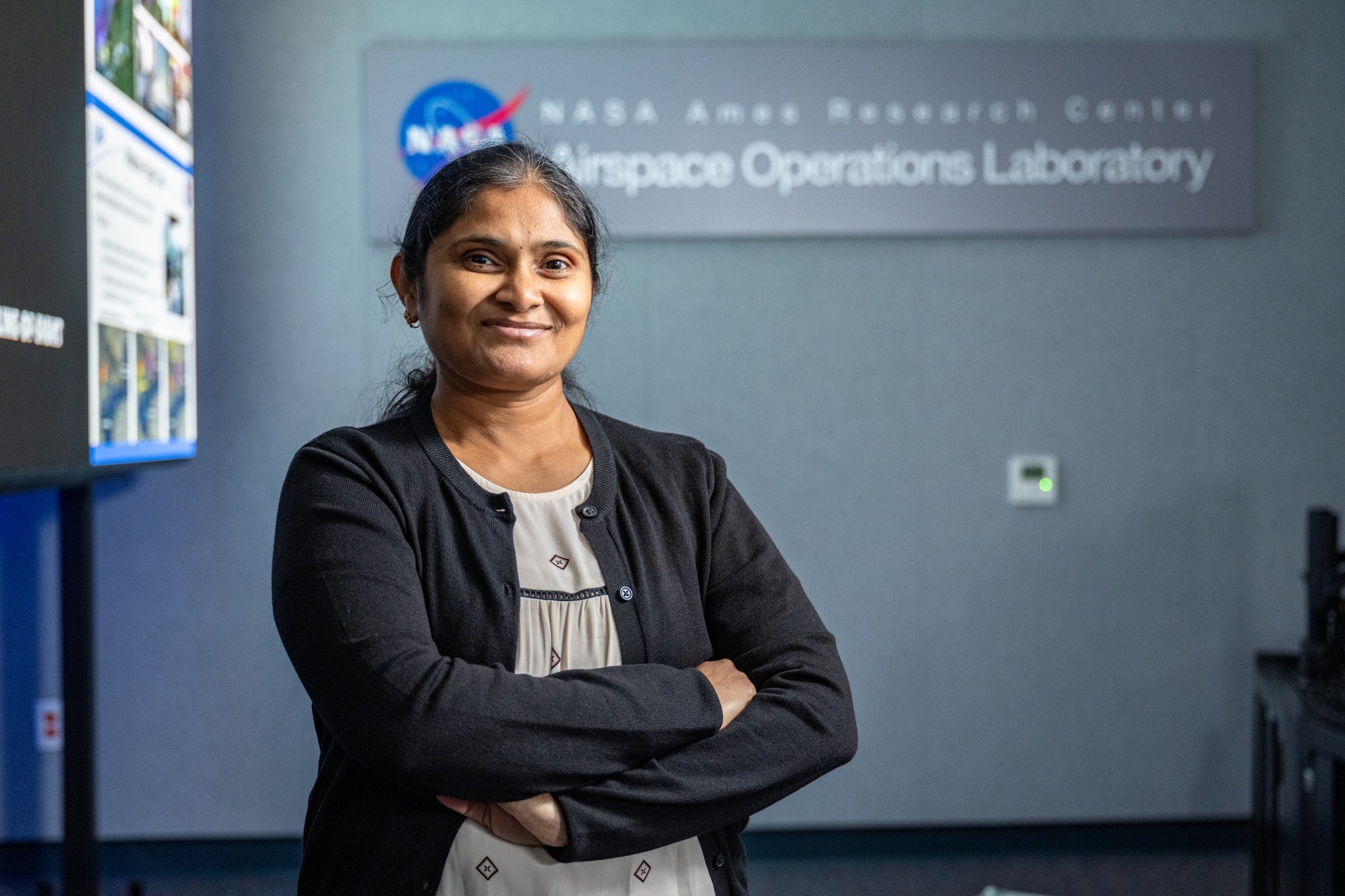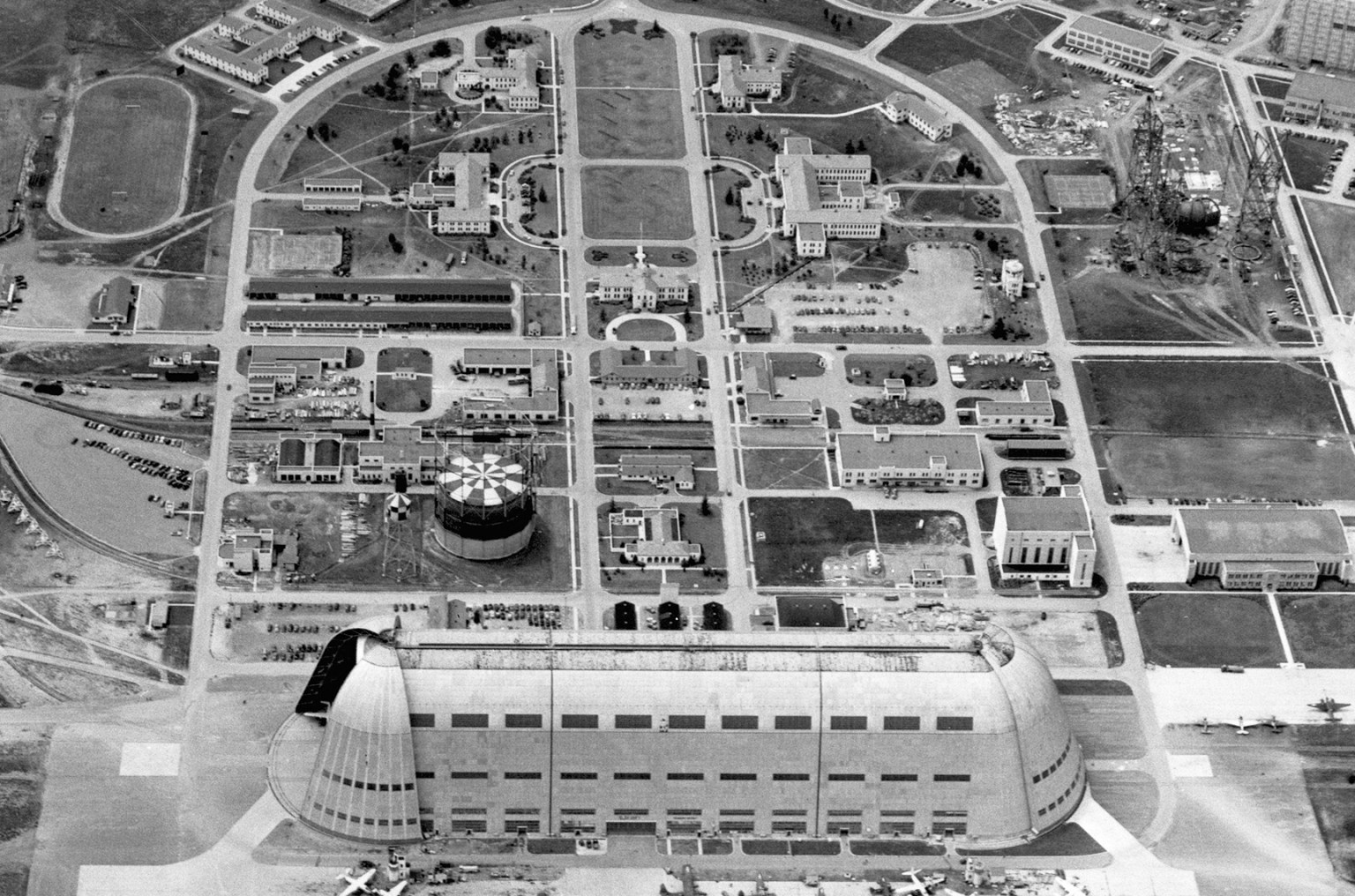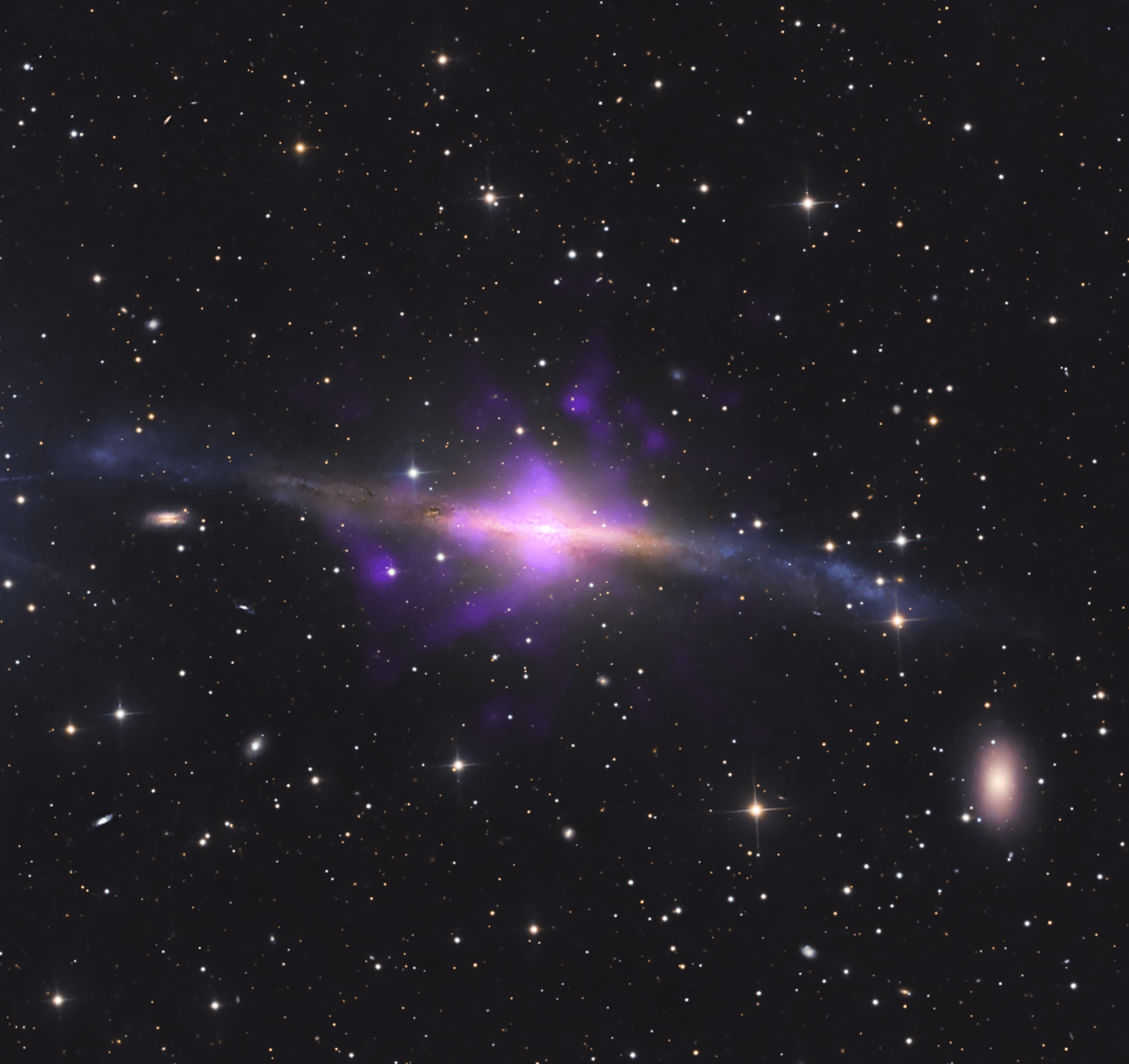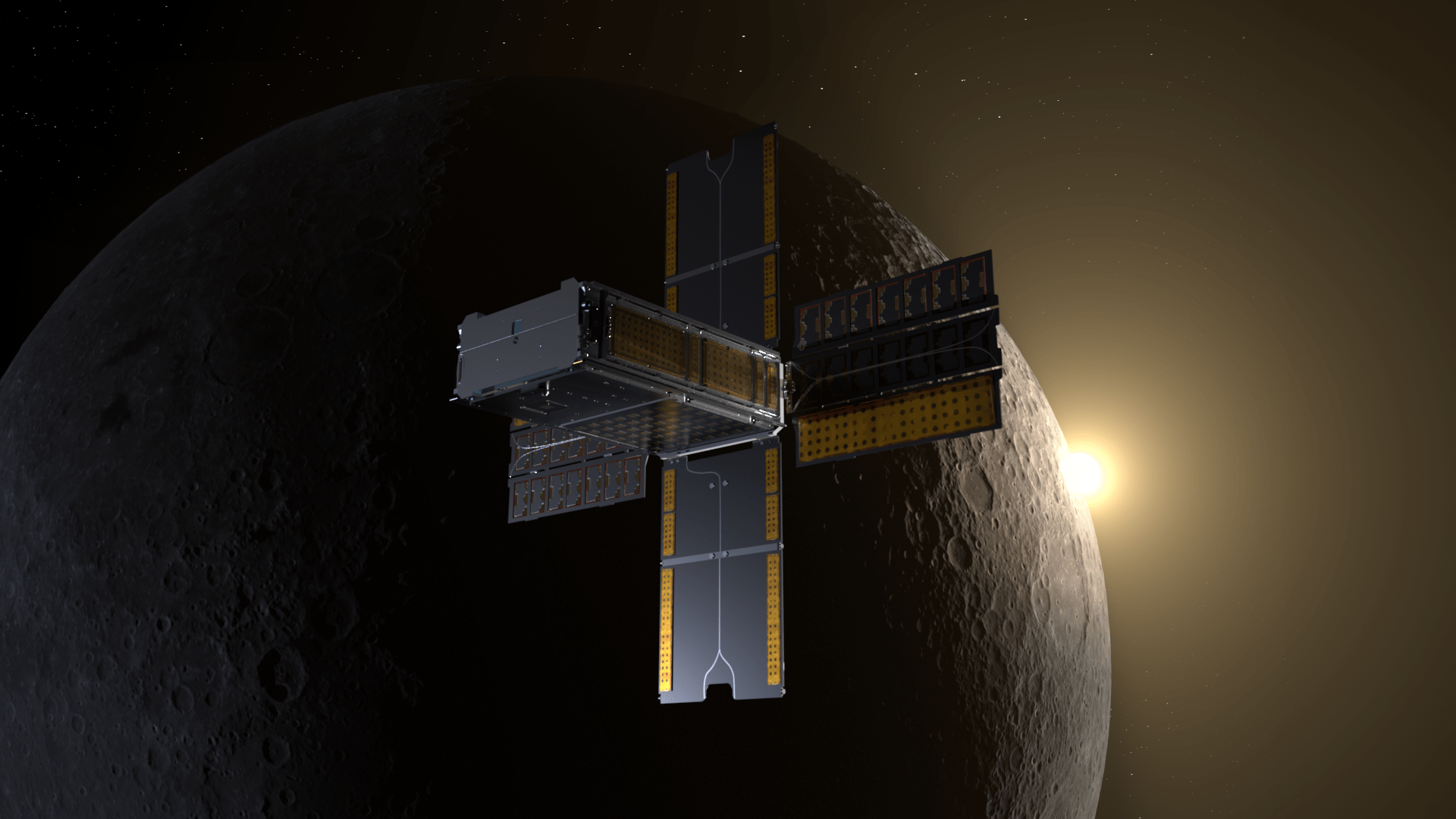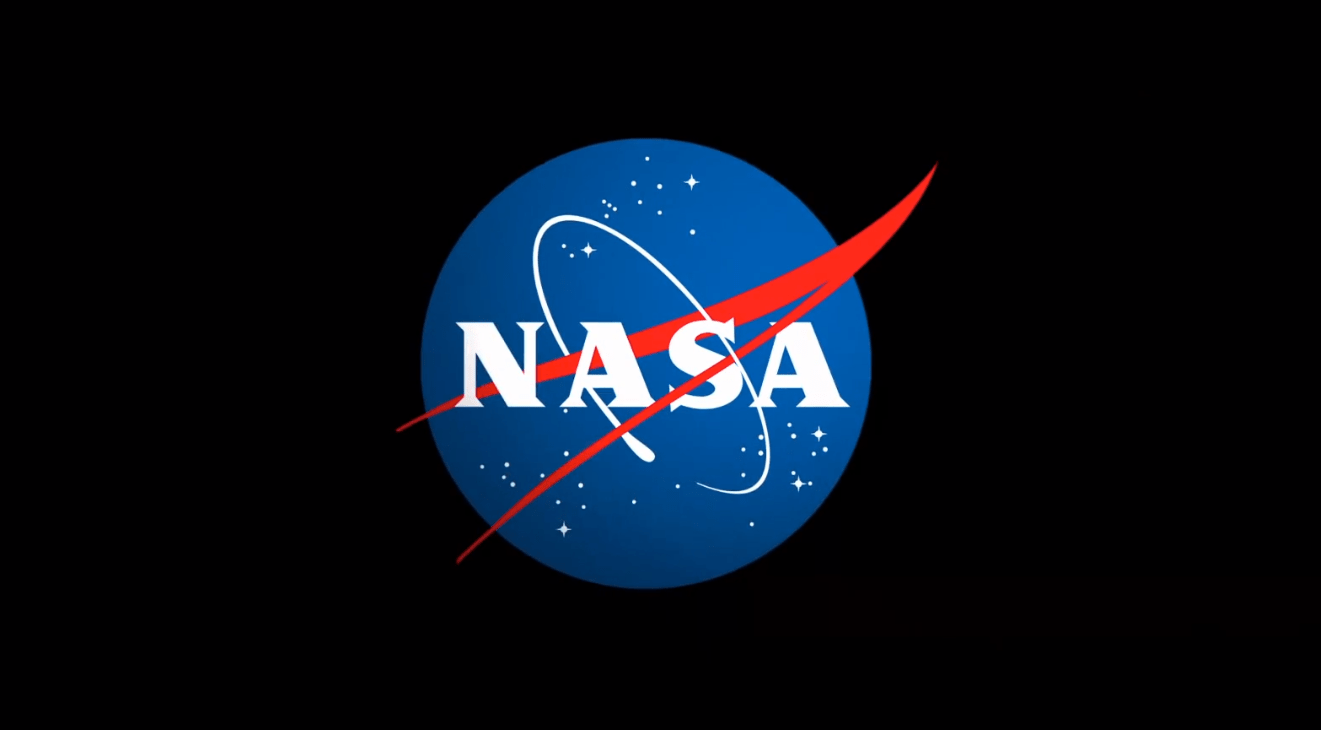3 min read Preparations for Next Moonwalk Simulations Underway (and Underwater) A Boeing 777-300ER aircraft is being inspected by one of Near Earth Autonomy’s drones Feb. 2, 2024, at an Emirates Airlines facility in Dubai, United Arab Emirates. Near Earth Autonomy A small business called Near Earth Autonomy developed a time-saving solution using drones for pre-flight checks of commercial airliners through a NASA Small Business Innovation Research (SBIR) program and a partnership with The Boeing Company. Before commercial airliners are deemed safe to fly before each trip, a pre-flight inspection…
Read MoreTag: Ames Research Center
How a NASA Senior Database Administrator Manifested her Dream Job
3 min read Preparations for Next Moonwalk Simulations Underway (and Underwater) Latha Balijepalle, a senior database administrator at NASA Ames, encourages others to take a risk and pursue challenges in their work, like trying something new that might open doors to a new opportunity. NASA/Brandon Torres Navarrete When Madhavi Latha Balijepalle noticed that her morning commute took her past NASA Ames Research Center in California’s Silicon Valley, she set a new career goal for herself: working for NASA. “I started manifesting it, thinking about it every day as I drove…
Read MoreNASA Ames Astrogram – December 2024
2024 Year in Review – Highlights from NASA in Silicon Valley by Tiffany Blake As NASA’s Ames Research Center in California’s Silicon Valley enters its 85th year since its founding, join us as we take a look back at some of our highlights of science, engineering, research, and innovation from 2024. Ames Arc Jets Play Key Role in Artemis I Orion Spacecraft Heat Shield Findings A block of Avcoat undergoes testing inside an arc jet test chamber at NASA Ames. The test article, configured with both permeable (upper) and non-permeable (lower)…
Read MoreNASA’s Ames Research Center Celebrates 85 Years of Innovation
5 Min Read NASA’s Ames Research Center Celebrates 85 Years of Innovation The NACA Ames laboratory in 1944 Credits: NASA Ames Research Center in California’s Silicon Valley pre-dates a lot of things. The center existed before NASA – the very space and aeronautics agency it’s a critical part of today. And of all the marvelous advancements in science and technology that have fundamentally changed our lives over the last 85 years since its founding, one aspect has remained steadfast; an enduring commitment to what’s known by some on-center simply as, “an…
Read MoreNASA’s Webb Reveals Smallest Asteroids Yet Found in Main Asteroid Belt
Illustration of the main asteroid belt, orbiting the Sun between Mars and Jupiter NASA NASA’s powerful James Webb Space Telescope includes asteroids on its list of objects studied and secrets revealed. A team led by researchers at the Massachusetts Institute of Technology (MIT) in Cambridge repurposed Webb’s observations of a distant star to reveal a population of small asteroids — smaller than astronomers had ever detected orbiting the Sun in the main asteroid belt between Mars and Jupiter. The 138 new asteroids range from the size of a bus to the size of a…
Read MoreNASA Finds ‘Sideways’ Black Hole Using Legacy Data, New Techniques
4 Min Read NASA Finds ‘Sideways’ Black Hole Using Legacy Data, New Techniques Image showing the structure of galaxy NGC 5084, with data from the Chandra X-ray Observatory overlaid on a visible-light image of the galaxy. Chandra’s data, shown in purple, revealed four plumes of hot gas emanating from a supermassive black hole rotating “tipped over” at the galaxy’s core. Credits: X-ray: NASA/CXC, A. S. Borlaff, P. Marcum et al.; Optical full image: M. Pugh, B. Diaz; Image Processing: NASA/USRA/L. Proudfit NASA researchers have discovered a perplexing case of a black hole that appears to…
Read MoreWhat is BioSentinel?
llustration of BioSentinel’s spacecraft flying past the Moon. NASA/Daniel Rutter Editor’s Note: This article was updated Nov. 20, 2024 shortly after BioSentinel’s mission marked two years of operation in deep space. Astronauts live in a pretty extreme environment aboard the International Space Station. Orbiting about 250 miles above the Earth in the weightlessness of microgravity, they rely on commercial cargo missions about every two months to deliver new supplies and experiments. And yet, this place is relatively protected in terms of space radiation. The Earth’s magnetic field shields space station crew from much of the…
Read MoreSix Ways Supercomputing Advances Our Understanding of the Universe
At NASA, high-end computing is essential for many agency missions. This technology helps us advance our understanding of the universe – from our planet to the farthest reaches of the cosmos. Supercomputers enable projects across diverse research, such as making discoveries about the Sun’s activity that affects technologies in space and life on Earth, building artificial intelligence-based models for innovative weather and climate science, and helping redesign the launch pad that will send astronauts to space with Artemis II. These projects are just a sample of the many on display in…
Read MoreNASA Ames Astrogram – September/October 2024
TIME Recognizes the Advanced Composite Solar Sail System In October, the Advanced Composite Solar Sail System a project managed at NASA Ames, was recognized by TIME Magazine as a “Top Invention of 2024”! TIME Magazine also recognized two other NASA missions this year: Europa Clipper, and the Deep Space Optical Communications experiment. The Advanced Composite Solar Sail System is a demonstration of technologies that enable spacecraft to “sail on sunlight,” using solar radiation for propulsion. Results from this mission could provide an alternative to chemical and electric propulsion systems and guide the…
Read MoreNASA Awards Contract for Refuse and Recycling Services
Credit: NASA NASA has awarded the Custodial and Refuse/Recycle Services contract to Ahtna Integrated Services LLC of Anchorage, Alaska, to provide trash, waste, and recycling services at the agency’s Ames Research Center in California’s Silicon Valley. This is a hybrid contract that includes a firm-fixed-price and an indefinite-delivery/indefinite-quantity portion. The period of performance begins Friday, Nov. 1, with a 60-day phase-in period, followed by a one-year base period, and options to extend performance through November 2029. This contract has a maximum potential value of approximately $24 million. Under this contract, the…
Read More